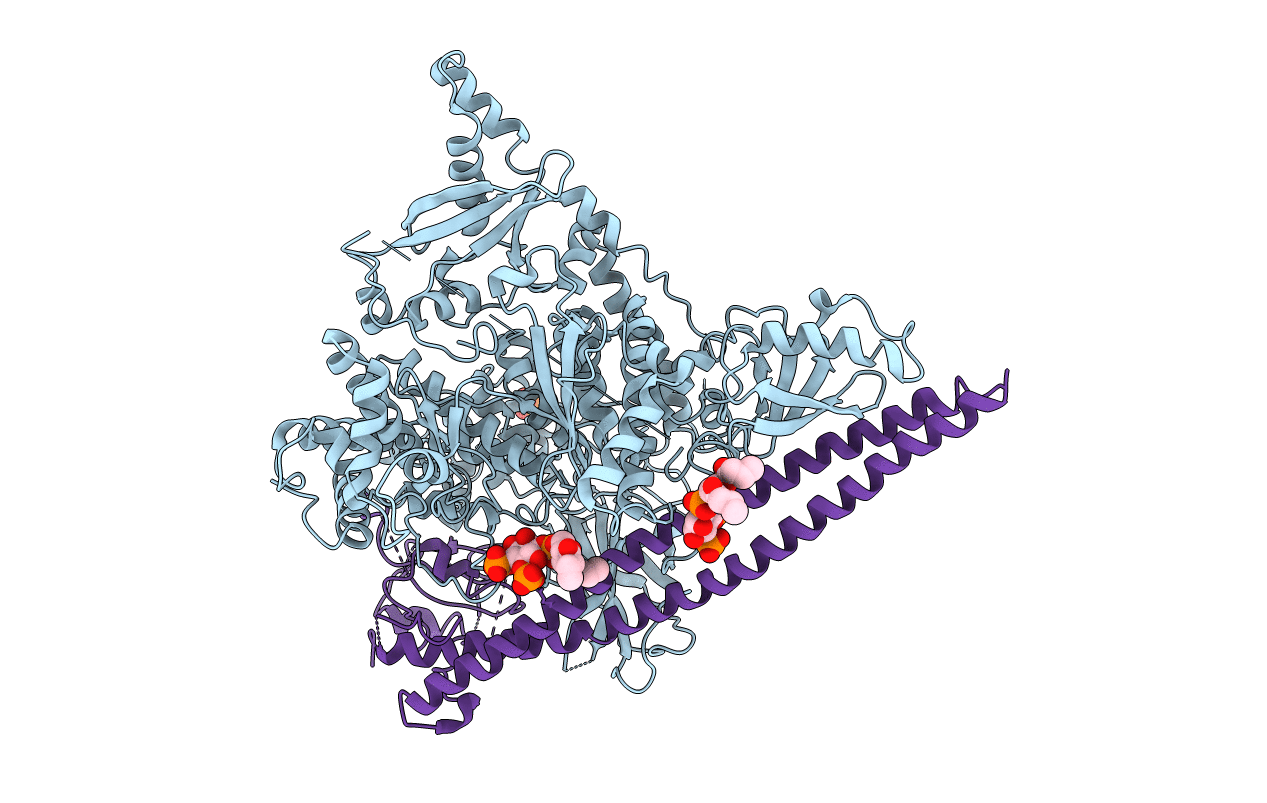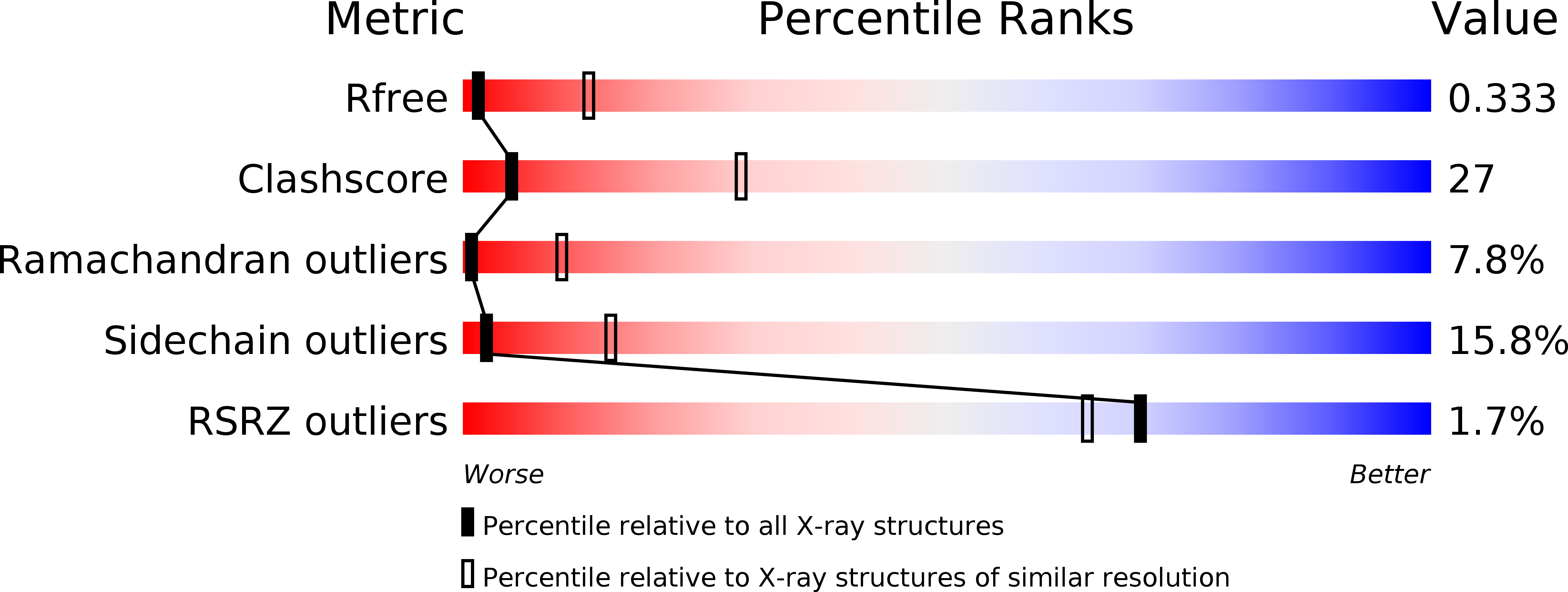
Deposition Date
2014-01-14
Release Date
2014-09-03
Last Version Date
2023-12-27
Entry Detail
PDB ID:
4OVV
Keywords:
Title:
Crystal Structure of PI3Kalpha in complex with diC4-PIP2
Biological Source:
Source Organism:
Homo sapiens (Taxon ID: 9606)
Host Organism:
Method Details:
Experimental Method:
Resolution:
3.50 Å
R-Value Free:
0.33
R-Value Work:
0.23
R-Value Observed:
0.24
Space Group:
P 21 21 21


